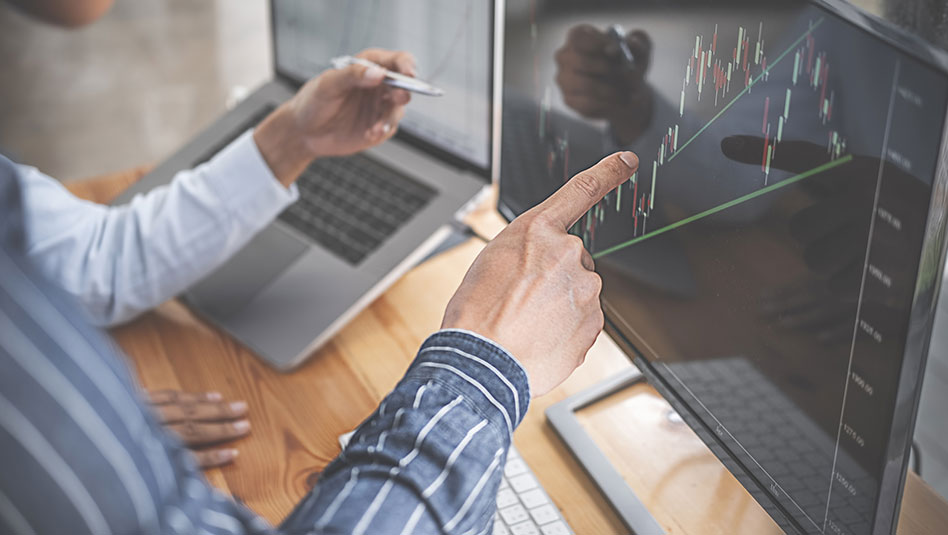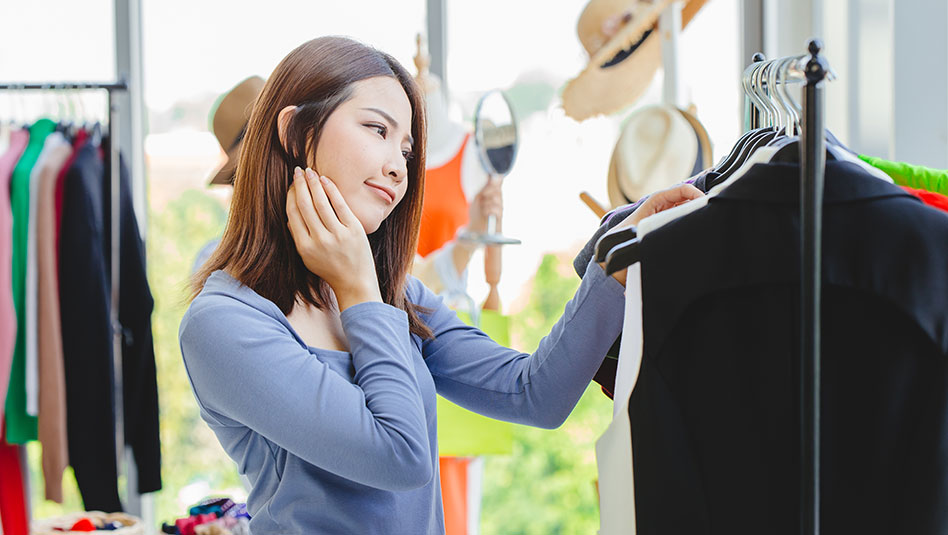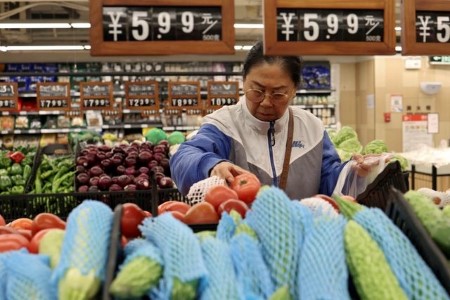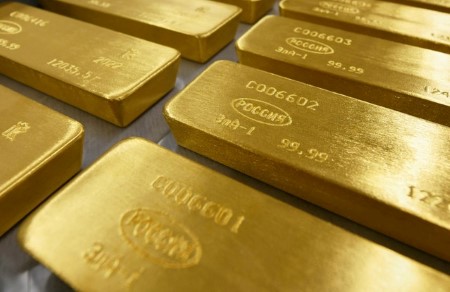NEW YORK – US 10-year Treasury yields climbed on Thursday after economic data pointed to an economy on solid footing, easing market expectations for Federal Reserve aggressiveness in cutting interest rates.
The Commerce Department said retail sales rose 0.4% last month, above the 0.3% estimate of economists polled by Reuters, and after an unrevised 0.1% gain in August, in a sign consumer health remains resilient.
In other data, the Labor Department said weekly initial jobless claims dropped by 19,000 last week to 241,000 and below the 260,000 estimate, but could remain at elevated levels in the coming weeks due to the effects of Hurricanes Helene and Milton.
“It’s just one thing after another that is hitting the economy, but so far US growth is defying gravity,” said Brian Jacobsen, chief economist at Annex Wealth Management in Menomonee Falls, Wisconsin. “Monetary policy is still restrictive, the cuts are taking the foot off the brake, not pushing on the accelerator. We’re still a long way from neutral so the Fed can cut, but it doesn’t have to be in a hurry.”
In addition, the Federal Reserve Bank of Philadelphia’s monthly manufacturing index rose to 10.3 in October from 1.7 in the prior month and above the 3.0 estimate as manufacturing activity in the US Mid-Atlantic region expanded more than expected.
The yield on the benchmark US 10-year Treasury note US10YT=TWEB rose 7.9 basis points to 4.095%. The 10-year is on track for its biggest one-day jump since Oct. 4.
Yields have experienced a sharp run higher since a strong jobs report in early October, but have eased in the last three sessions, with the 10-year yield holding below the 2-1/2 month high of 4.12% hit last week.
The yield on the 30-year bond jumped 9.4 basis points to 4.393% and was on pace for its biggest daily climb since Aug. 6.
While the data still gives the Fed enough cushion to continue cutting rates, investors now see less of a chance for rate cuts at the two remaining meetings this year.
Markets are now pricing in a 90.3% chance for a cut of 25 bps at the Fed’s November meeting, down from 93.7% in the prior session, with only an 9.7% chance the central bank will hold rates steady, according to CME’s FedWatch Tool.
Expectations for a cut of 25 bps at the December meeting were scaled back to 73.6% from 85.6% on Wednesday.
Earlier on Thursday, the European Central Bank (ECB) cut interest rates for the third time this year, saying inflation in the eurozone was increasingly under control while the outlook for the wider economy was worsening.
A closely watched part of the US Treasury yield curve measuring the gap between yields on two- and 10-year Treasury notes, seen as an indicator of economic expectations, was at a positive 11.3 basis points.
The two-year US Treasury yield, which typically moves in step with interest rate expectations, rose 4.5 basis points to 3.98%.
The breakeven rate on five-year US Treasury Inflation-Protected Securities (TIPS) was last at 2.246% after closing at 2.219% on Oct. 16.
The 10-year TIPS breakeven rate was last at 2.3%, indicating the market sees inflation averaging about 2.3% a year for the next decade.
(Reporting by Chuck Mikolajczak; Editing by Christina Fincher and Will Dunham)



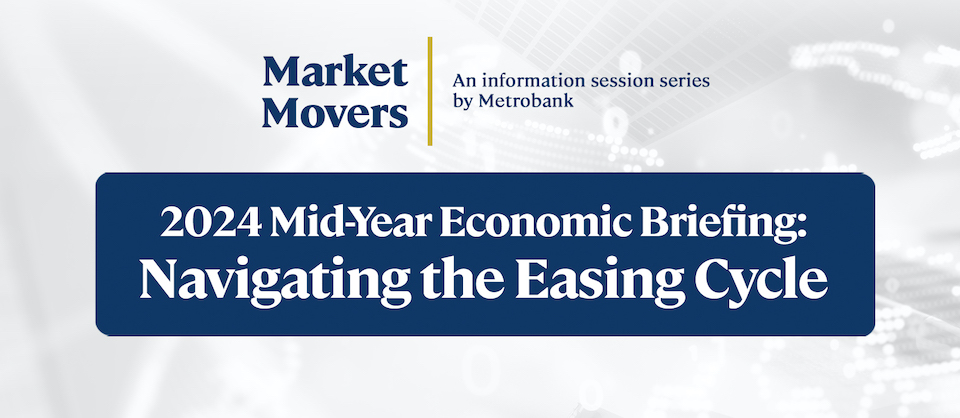



 DOWNLOAD
DOWNLOAD
